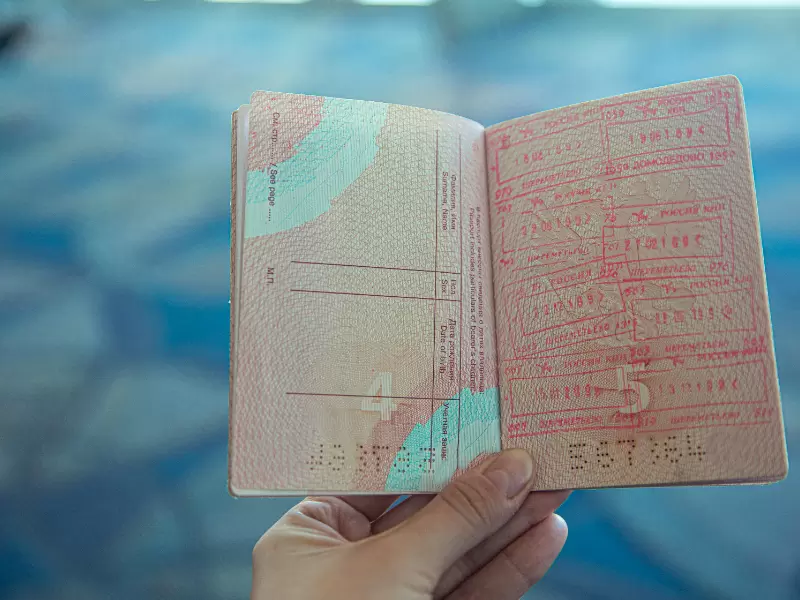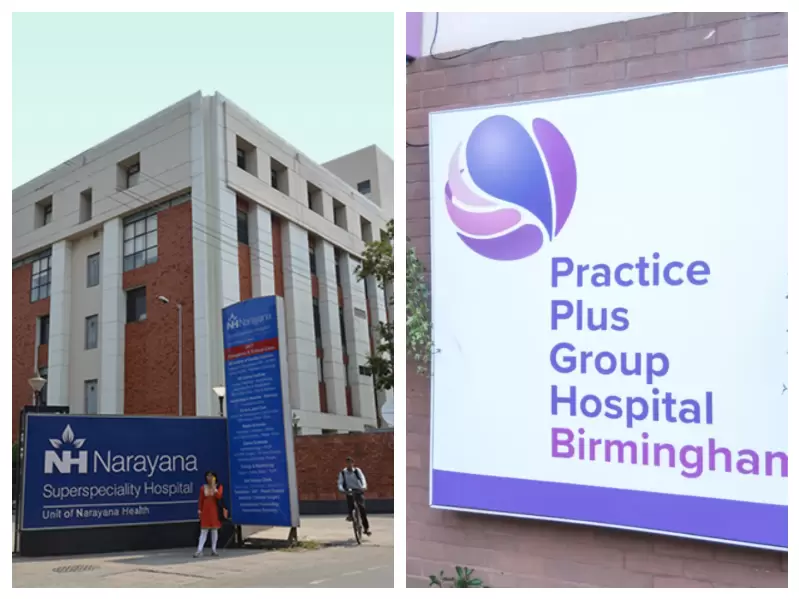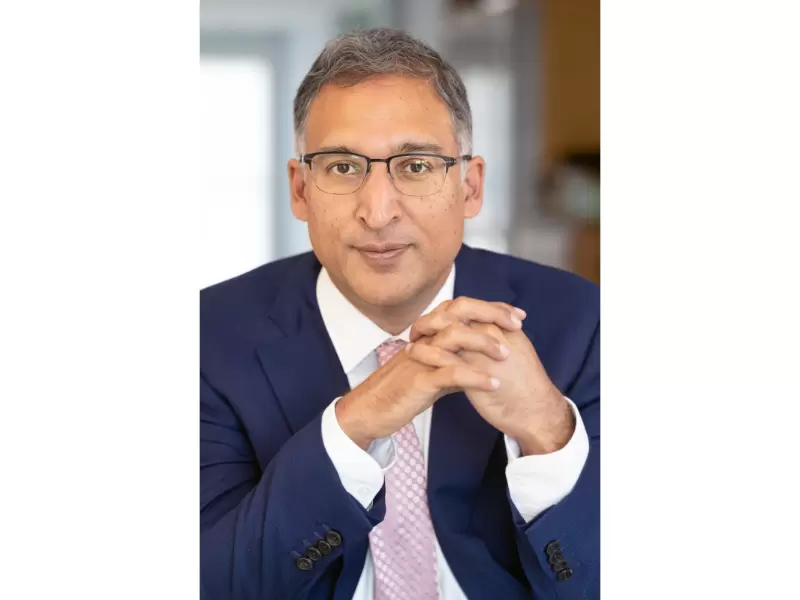India a top source for doctors and nurses working in OECD countries
In 2020-21, there were just under 100,000 doctors and 122,000 nurses born in India working in the OECD, a latest report says.
 Representative image / AI generated
Representative image / AI generated
The 2025 edition of the OECD International Migration Outlook, which analyses recent developments in migration movements and the labour market inclusion of immigrants in OECD countries, has found Asia as the main region of origin, accounting for approximately 40 percent of doctors and 37 percent of nurses, in a special chapter on the international migration of health professionals to OECD countries.
The OECD, or Organization for Economic Co-operation and Development, is an intergovernmental organization of 38 member countries committed to democracy and market economies.
India, Germany, and China are the main countries of origin for doctors, while the Philippines, India, and Poland are the top three countries of origin for nurses, according to a recently released report. About 89,000 doctors and 257,000 nurses come from countries on the WHO Health Workforce Support and Safeguards List, raising concerns about the possible impact of the international mobility of health workers on the fragile health systems of these countries, the report further says.
In 2020-2021, there were more than 830,000 foreign-born doctors and 1.75 million foreign-born nurses working in the OECD, representing respectively about one-quarter and one-sixth of the workforce in each occupation. Corresponding figures for foreign-trained doctors and nurses are 606,000 (18.4 percent) and 733,000 (8.3 percent) in 2021-2023.
In 2020-21, there were just under 100,000 doctors born in India, working in the OECD. Among migrant nurses, the Philippines was by far the main country of origin, with nearly 280,000 nurses abroad. India ranked second, with 122,000.
Migration policies are evolving to facilitate international recruitment in the health sector, but recognition and licensing remain major barriers to labour market integration of migrant health professionals, the report has found.
Ireland stands out, with nearly 52 percent of its nursing workforce trained abroad in 2023. This heavy reliance reflects ongoing domestic shortages, particularly in hospitals. To address chronic staffing gaps, Ireland’s Health Service Executive has conducted international recruitment campaigns targeting countries such as the Philippines and India, both of which have well-established nursing diasporas in Ireland.
The United Kingdom has established a government-to-government agreement with India to recruit health and social care workers (since July 21, 2022).
In February 2024, Denmark and India signed a “Mobility and Migration Partnership Agreement”, which, among other things, stipulated that the two parties would explore the potential for recruiting qualified Indian professionals for employment in the Danish healthcare and medical services sector, with the aim of assessing whether bilateral co-operation could be expanded in this area.
Similarly, the Aurora project in Belgium, initiated by private stakeholders in 2021, focuses on recruiting and training Indian nurses for the Flemish healthcare system. The pathway from recruitment to qualification as a certified nurse in Belgium spans approximately two years. It begins with a six-month training programme in Kerala, offered free of charge.
This programme includes an intensive Dutch language course up to level B1, alongside introductory lessons on Belgian geriatric care, psychiatric care, and the healthcare model. Upon successful completion of the training in India, candidates undertake a one-year programme in Belgium that combines further language instruction with practical experience as healthcare assistants. Candidates who successfully complete the programme are awarded the qualification of registered nurse.
(The views and opinions expressed in this article are those of the author and do not necessarily reflect the official policy or position of New India Abroad.)
ADVERTISEMENT
ADVERTISEMENT
E Paper
Video



1747754650.png) Ishani Duttagupta
Ishani Duttagupta











Comments
Start the conversation
Become a member of New India Abroad to start commenting.
Sign Up Now
Already have an account? Login